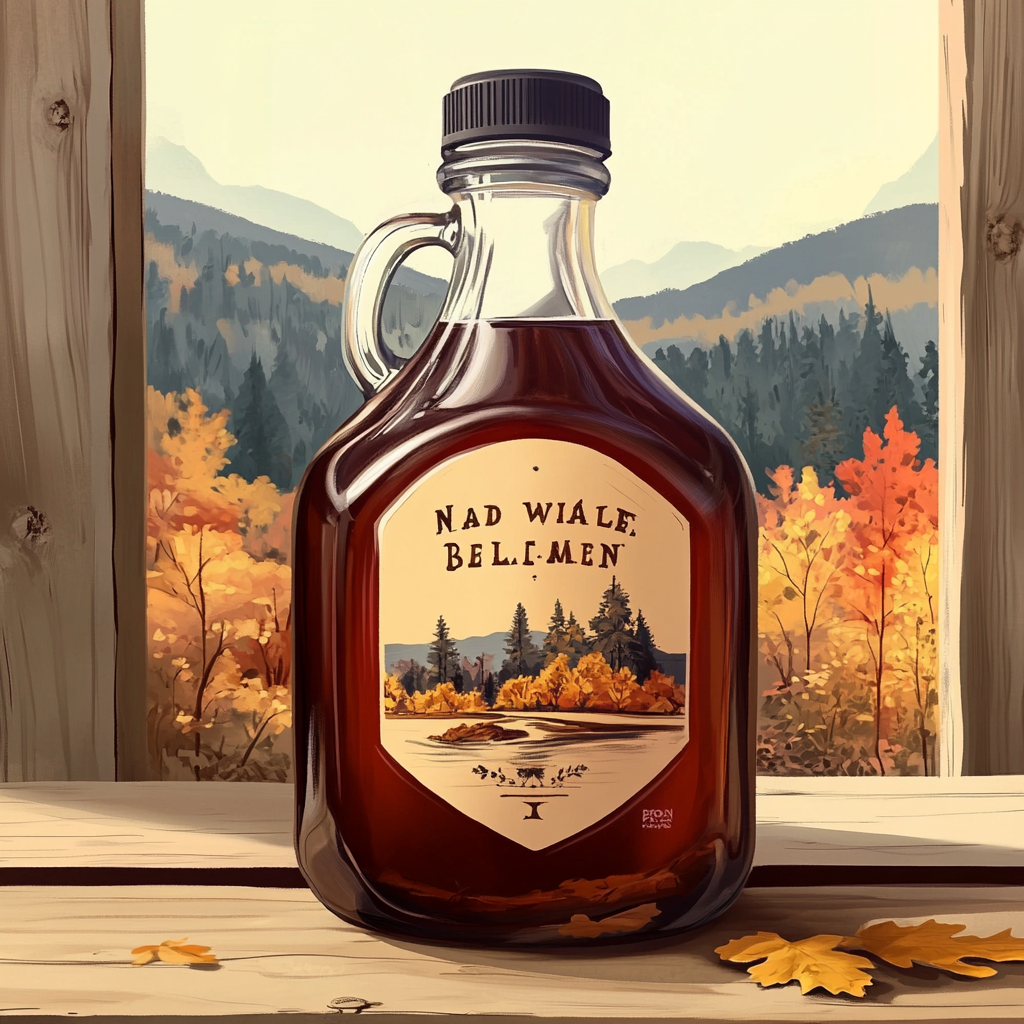
Maple Syrup and the Strange Economics of Sweetness
Share
by Cal Lenton
One of the quieter indicators of spring in Vermont isn’t the crocuses or the return of robins—it’s the way people start talking about syrup prices. Not in a business-y way. More like murmurs in checkout lines, or posts on Reddit that turn into surprisingly passionate threads.
That’s how I ended up reading about a gallon of real Vermont maple syrup for $38 at a gas station north of St. Albans. It used to be $40. They actually lowered the price. When was the last time anything got cheaper at a gas station?
Meanwhile, folks closer to Burlington are seeing syrup hover around $45 a gallon. Some are grabbing it from roadside stands in Swanton for $40. People like me, who always keep a backup on the shelf “just in case,” as if syrup shortages are a real emergency (they are).
The Taste of Local Trust
In my earliest memories, there was something a magical about buying syrup from a roadside stand. No middlemen, basic local branding and just a hand-painted sign and a wooden box with a price list tucked into a sandwich bag. You leave your cash in the coffee tin and take your jug. That’s it. That’s the transaction. It felt more like a handshake than a purchase.
Of course, this kind of system depended on a kind of shared understanding. In Vermont, the honor system still works for flowers and vegetables, because we expect it to. Even if you’re not the kind of person who boils sap in your own backyard, you probably still know someone who does. But, economies change and maple syrup is akin to gold.
Why the Price Changes Matter
The rise—and in some cases, dip—in prices isn’t just about syrup. It’s about how we value local labor and seasonal rhythms. When someone drops their gallon price from $40 to $38, they’re not trying to undercut big brands. They’re just trying to keep syrup affordable for the people around them and be the first supplier yo sell out.
These micro-adjustments aren’t driven by corporate strategy. Maybe that’s why it feels so important to pay attention. Syrup tells a different story of a local economy. It tells us demand is high in the city. It tells us there are fewer people who can afford premium local syrup then there were before the pandemic. Syrup reads the winds of change and we should listen.
Sweetness as a Civic Practice
We talk about buying local like it’s a political act. Buying syrup from someone you know, or someone who knows your cousin, isn’t about making a statement. It’s just the way things work around here, but now we live in an era when the price of food matters in a way it hasn't for a long time.
So yes, I paid $45 for my last gallon. And yes, I still think I got a deal. But, until every child in Vermont can grow up with real Maple Syrup in their pantry, I'll be wondering what happened and where our priorities went wrong.
I’ll admit—I might take a drive north soon. Just to see if that $38 is still the going rate for a jug sitting at the Shell station near Swanton.

